Japan"s tradition of ceramics is one of the oldest in the world and has evolved & diversified in the hands of artist-potters through history
The translucent outer glaze appears lượt thích a liquid flowing down the sides of the stoneware mug, collecting in slight dips và thinning elsewhere khổng lồ reveal the gritty surface below. A delicate smattering of pink covers the perfectly trắng surface below.
Bạn đang xem: Tìm hiểu về gốm sứ cổ nhật bản và các dòng gốm sứ cổ nhật bản
This piece is handcrafted by an artisan in the town of Shigaraki
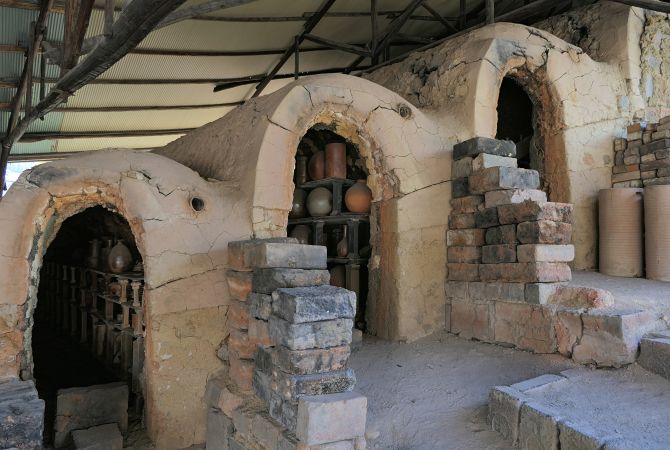
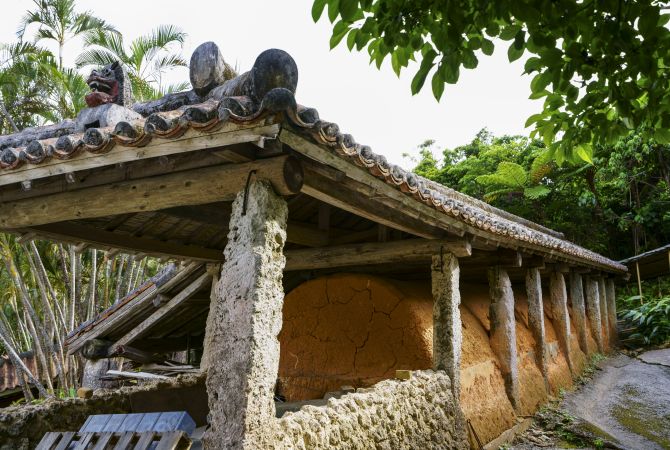
Long ago potters created tunnel kilns, known as anagama kilns, on hillsides and contemporary artisans in some towns still produce stoneware in the same way today.
Simple green glazes made with lead, a technique imported from Tang dynasty China, were added khổng lồ stoneware in the Heian period (794-1185), while distinctive regional styles appeared as Kamui ware, Atsumi ware, & others.
The unglazed stoneware of the six “old kilns” of Shigaraki, Tamba, Bizen
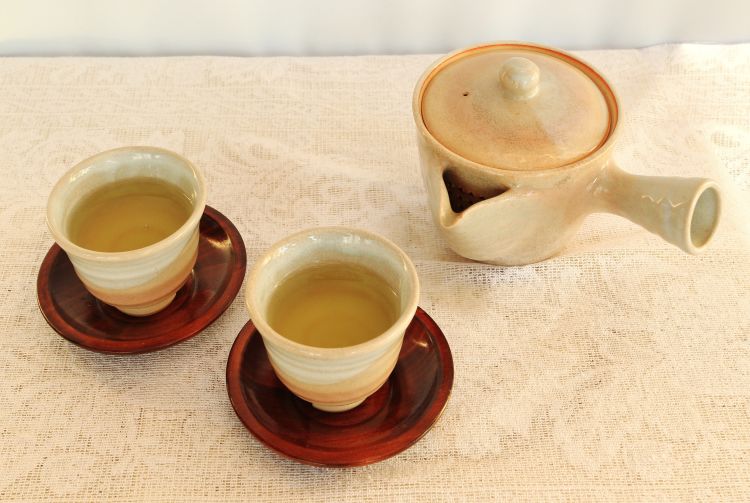
The rise of Buddhism in the Sengoku period of the late 16th century saw a return lớn simple earthenware bowls over the highly decorated và sophisticated styles of Chinese porcelain. Tea masters expressed a preference for the craftsmanship that went into rough và unglazed bowls used in their ceremonies, such as Raku ware.
At around the same time, the discovery of porcelain stone near Arita
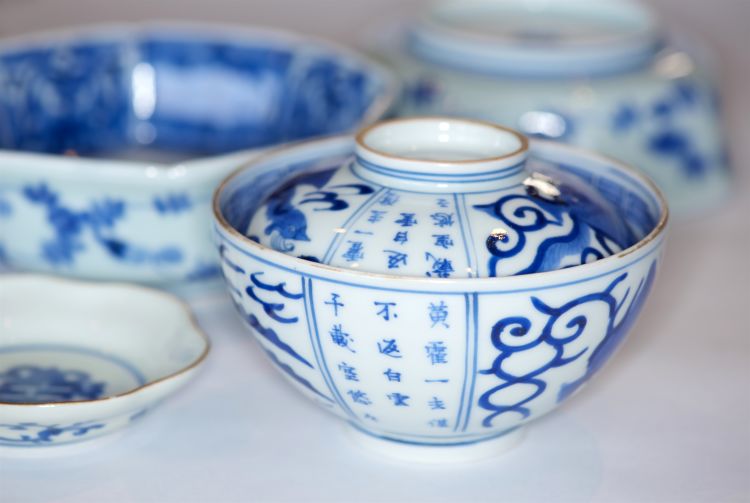
The emergence of international trade led to lớn a sharp increase in Japanese porcelain output đầu ra for nascent overseas markets, with blue-and-white porcelain much prized in Europe from the mid-1600s.
The dawning of the Meiji era in the 1860s brought about significant changes in Japanese society as the government encouraged Westernization, which also had an impact on traditional arts và crafts. Many patrons turned their backs on the artisans who made a living from ceramics, with the industry increasingly localized & specialized.
Admirers of the craft, such as Yanagi Soetsu, worked hard to lớn continue the nation"s ceramics legacy in the early decades of the last century. A philosopher and founder of the mingei, or folk craft movement, he recovered and kept the everyday household ceramics that were being discarded by commoners as japan urbanized, establishing the nhật bản Folk Crafts Museum in 1936.
Today, Japanese ceramics is enjoying another renaissance as people look to find the unique rather than the mass-produced, the unusual instead of the utilitarian. Và studios encourage visitors lớn experience for themselves how their quality form of ceramics is still created.
Xem thêm: Cách Làm Cám Họa Mi Của Người Trung Quốc, Top 13 Công Thức Làm Cám Hoạ Mi Chiến
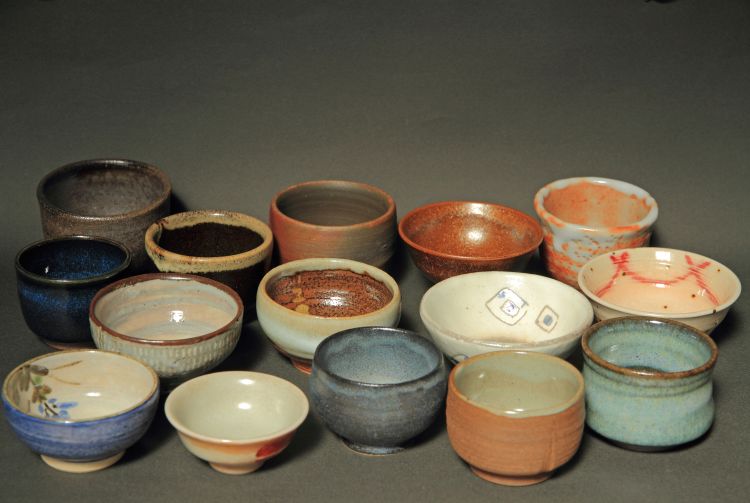
Many people with an interest in ceramics have the village of Imbe, in Okayama Prefecture"s Bizen district high on the menu of places they must visit. Bizen ware first appeared in the 14th century and, thanks khổng lồ its rustic appearance & popularity for the tea ceremony, had its heyday in the 16th century.
Bizen ware is unglazed và characterized by an earth-like, reddish-brown màu sắc with traces of the ash from the production process in wood-fired kilns.
Visitors are also welcome in the town of Arita, famous for its traditional blue-and-white glazed porcelain và newer designs that draw on Chinese styles và utilize brighter colors and more intricate designs.
The potters in the town of Hagi , in Yamaguchi Prefecture, turned lớn their counterparts from Korea in the late 16th century for their inspiration, with the local feudal lord ordering Hagi ware for his personal tea ceremonies and gifts. The pottery is famous for its subtle and natural forms, as well as subdued and simple colors that are designed to contrast with the bright green of matcha green tea.
Kutani ware is a more elaborate & decorative style of porcelain that originated in Ishikawa Prefecture and can be traced back khổng lồ kilns that were phối up in the mid-1650s. Older Kutani pieces incorporate dark greens, blues and yellows in their designs, but halted in 1730 making items from this period extremely rare. Production resumed in the first decade of the 1800s, using an overglaze painting technique khổng lồ create intricate và colorful designs.
Yet another distinctive porcelain is Tobe ware, from Ehime Prefecture on the island of Shikoku. A type of blue-and-white pottery, it started when the lord of the Ozu domain began hiring potters khổng lồ create a local ware in 1777. Glazed Tobe ware typically has a slightly thicker base, while the designs are characterized by delicate brush strokes to lớn create images in different shades of xanh on the trắng base.
Growing interest in these particularly Japanese art forms has encouraged more potters to mở cửa their doors to lớn visitors, including tourists who might want lớn try their hand at making ceramics.
The Kyushu Ceramic Museum & the Arita Ceramic Art Museum in Kyushu, teach visitors about the history of Arita ware and display some fantastic examples of these world-renowned ceramics, while a number of workshops & kilns in the surrounding region are mở cửa to visitors.
Similarly, visitors lớn the town of Mashiko in Tochigi Prefecture can stroll the length of Jonaizaka-dori & admire the items on display in more than 30 pottery shops. Many offer short courses on how to lớn craft a bowl, mug or platter that can be mailed to lớn you after it has been fired in the kiln.
Japan"s historic association with ceramics continues into the modern day, with companies such as thibanglai.edu.vn internationally famous for tableware
. Toto Ltd—which takes its name from abbreviations for the Japanese words Toyo Toki, meaning Oriental Ceramics—has developed advanced ceramics that are used in toilets and bathrooms around the world. Meanwhile, Japanese potters continue to be a fixture in contemporary art circles.
Select Language 简体中文 繁體中文(香港) 繁體中文(臺灣) India (English) Bahasa Indonesia 한국어 ภาษาไทย tiếng Việt Singapore (English) Philippines (English) Malaysia (English) Australia/New Zealand (English) Français Deutsch Italiano Español United Kingdom (English) Canada (English) Canada (Français) United States (English) Mexico (español) Português العربية Japan(日本語) Global (English)
Select Language 简体中文 繁體中文(香港) 繁體中文(臺灣) India (English) Bahasa Indonesia 한국어 ภาษาไทย giờ đồng hồ Việt Singapore (English) Philippines (English) Malaysia (English) Australia/New Zealand (English) Français Deutsch Italiano Español United Kingdom (English) Canada (English) Canada (Français) United States (English) Mexico (español) Português العربية Japan(日本語) Global (English) continue
Đăng nhập grecaptcha.ready(function() grecaptcha.execute("https://thibanglai.edu.vn/gom-su-co-nhat-ban/imager_6_21955_700.jpg6Ld
D18MUAAAAAHq
Kl3Avv8W-t
REL6Lange
Px
QLM-"https://thibanglai.edu.vn/gom-su-co-nhat-ban/imager_6_21955_700.jpg, action: "https://thibanglai.edu.vn/gom-su-co-nhat-ban/imager_6_21955_700.jpgsubmit"https://thibanglai.edu.vn/gom-su-co-nhat-ban/imager_6_21955_700.jpg).then(function(token) document.get
Element
By
Id("https://thibanglai.edu.vn/gom-su-co-nhat-ban/imager_6_21955_700.jpg3088bfe5fcb1400987c119029066b064"https://thibanglai.edu.vn/gom-su-co-nhat-ban/imager_6_21955_700.jpg).value = token;););
phục hồi grecaptcha.ready(function() grecaptcha.execute("https://thibanglai.edu.vn/gom-su-co-nhat-ban/imager_6_21955_700.jpg6Ld
D18MUAAAAAHq
Kl3Avv8W-t
REL6Lange
Px
QLM-"https://thibanglai.edu.vn/gom-su-co-nhat-ban/imager_6_21955_700.jpg, action: "https://thibanglai.edu.vn/gom-su-co-nhat-ban/imager_6_21955_700.jpgsubmit"https://thibanglai.edu.vn/gom-su-co-nhat-ban/imager_6_21955_700.jpg).then(function(token) document.get
Element
By
Id("https://thibanglai.edu.vn/gom-su-co-nhat-ban/imager_6_21955_700.jpgd9ace79206f04395854bb4869cbfa1de"https://thibanglai.edu.vn/gom-su-co-nhat-ban/imager_6_21955_700.jpg).value = token;););

Tìm theo bộ sưu tập Sứ xương Sứ trắng thời thượng Sứ white Phụ kiện bàn ăn uống Phụ kiện bàn trà Decor - Trang trí
Quà bộ quà tặng kèm theo



Crestwood Cobalt Gold 4171L
Bộ ấm chén trà sứ trắng 15 món (Bình trà thấp) | Crestwood Cobalt Gold (4171L)
Crestwood Cobalt Gold 4171L
Bộ nóng chén trà sứ trắng 15 món (Bình trà thấp) | Crestwood Cobalt Gold (4171L)
Odessa Cobalt Platinum 4922
Bộ bát đĩa nạp năng lượng Châu Á không thiếu thốn 38 món sứ xương | Odessa Cobalt Platinum 4922
Crestwood Cobalt Gold 4171L
Bộ bát đĩa ăn Châu Á cơ bản 22 món sứ trắng | Crestwood Cobalt Gold 4171L
Odessa Cobalt Platinum 4922
Bộ chén bát đĩa nạp năng lượng Châu Á vừa đủ 38 món sứ xương | Odessa Cobalt Platinum 4922
Crestwood Cobalt Gold 4171L
Bộ chén bát đĩa nạp năng lượng Châu Á cơ bản 22 món sứ white | Crestwood Cobalt Gold 4171L
The Art of White
Nghệ thuật của sứ màu trắng không họa tiết
Được thiết kế chuyên biệt để sử dụng trong số nhà hàng, khách sạn 5 sao trên toàn cố giới. ánh nắng mặt trời nung lên đến mức 1.460°C giúp loại trừ hoàn toàn kim loại nặng như chì cùng cadimi. Nhân tiện sử dụng hàng ngày với thứ rửa chén và lò vi sóng.
Hanaginsai Yuri 4697
Bộ nóng chén uống trà sứ xương (Đặc biệt: vẽ tay) 21 món màu đỏ | Hanaginsai Yuri 4697
Hanaginsai Yuri 4697
Bộ nóng chén uống trà sứ xương (Đặc biệt: vẽ tay) 21 món màu đỏ | Hanaginsai Yuri 4697
Japan Since 1904
Từ cửa hàng tạp hóa bé dại đến đế chế gốm sứ lớn nhất Nhật Bản
Nhà gây dựng của thibanglai.edu.vn - ngài Ichizaemon MORIMURA sinh năm 1839 tại khu vực phố u ám và đen tối Kyobashi thuộc thành phố Edo (nay là hà nội Tokyo - Nhật Bản). Hiện ra khi cơ chế Mạc tủ Tokugawa vẫn suy yếu và dần đi cho sụp đổ, khởi đầu cho hàng loạt các thay đổi lớn của thời đại. Năm 1876, ông đã mạnh dạn gửi tín đồ em trai của chính mình - Yutaka MORIMURA quý phái Hoa Kỳ vừa học tập vừa mở một shop tạp hóa nhỏ tuổi trên phố Broadway - Newyork, phía trên là bắt đầu cho đế chế gốm sứ lớn số 1 Nhật Bản.
HỆ THỐNG SHOWROOM
HQ và SHOWROOM 1KĐT Sala - Đại quang quẻ Minh40 Đường B2, p An Lợi Đông, Tp. Thủ Đức, Tp. Hồ Chí Minh
SHOWROOM 2Tầng 3 - TTTM Takashimaya94 Đường nam giới Kỳ Khởi Nghĩa, p Bến Nghé, Q. 1, Tp. Hồ Chí Minh
SHOWROOM 3Tầng 4 - TTTM Crescent Mall101 Đường Tôn Dật Tiên, P.Tân Phú, Q. 7, Tp. Hồ Chí Minh








